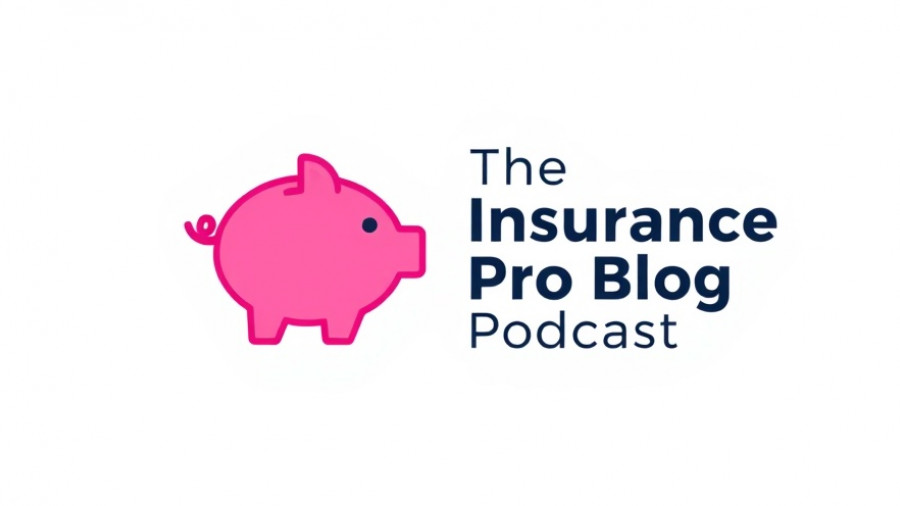
Rising Popularity of Life Insurance: A Statistical Surge
Life insurance is experiencing notable growth in 2025, with industry-wide sales escalating by 8% compared to the previous year. This increase is not just a statistic; it reflects changing perceptions and growing interest in long-term financial security. LIMRA's analysis indicates that indexed universal life insurance has surged by 11%, while variable universal life boasts an astonishing 41% increase. Such figures are critical for families and professionals exploring financial strategy and insurance planning.
The Pandemic as a Catalyst for Change
The COVID-19 pandemic acted as a pivotal moment for the insurance industry, propelling it towards modernization that had been overdue. In an era when remote transactions have become commonplace, purchasing life insurance online is now simpler and more accessible than ever. This shift has also contributed to a change in distribution channels, as independent agents account for 90% of indexed universal life sales. This model resonates well with today’s buyers, providing flexible options that suit individual needs.
Understanding Permanent Life Insurance's Resilience
Despite historical skepticism from financial experts questioning its value, cash value life insurance has thrived. The middle-market buyers are shifting their focus, increasingly using permanent life insurance as a tool for asset diversification rather than solely for estate planning by the affluent. Clients who have held policies for over a decade have shared insights validating this pivot; their patience often pays off as benefits accrue over time, revealing the layers of value embedded within their policies.
Growing Interest in Whole Life Insurance
Interest in whole life insurance has skyrocketed, with search volume indicating three times more inquiries than a decade ago. This trend signals a massive shift in consumer interest, hinting at an evolving understanding of asset protection and the role insurance can play in generational wealth creation. Families and professionals are realizing that these policies can serve not just as safety nets but also as integral components of their overall financial portfolios.
Transforming Mindsets: Life Insurance as an Investment
The narrative around life insurance is changing. Individuals are beginning to view it not merely as a safety net but as a viable investment vehicle. This evolution encourages wealth-builders and advisors to reconsider how life insurance fits into broader financial strategies. As financial advisors increasingly advocate for cash value life insurance, clients are more equipped to make informed decisions that align with their economic aspirations. The stories shared by seasoned clients serve as powerful testimonials to the long-term benefits of this investment approach.
Ready to explore how life insurance could fit into your financial strategy? As the landscape of insurance planning continues to evolve, now is the perfect time to assess the benefits of cash value life insurance in bolstering your financial security. Whether you're a family looking to protect your assets or a financial advisor seeking new insights into your clients' needs, understanding these dynamics will empower you in making sound investment choices.
 Add Row
Add Row  Add
Add 




Write A Comment